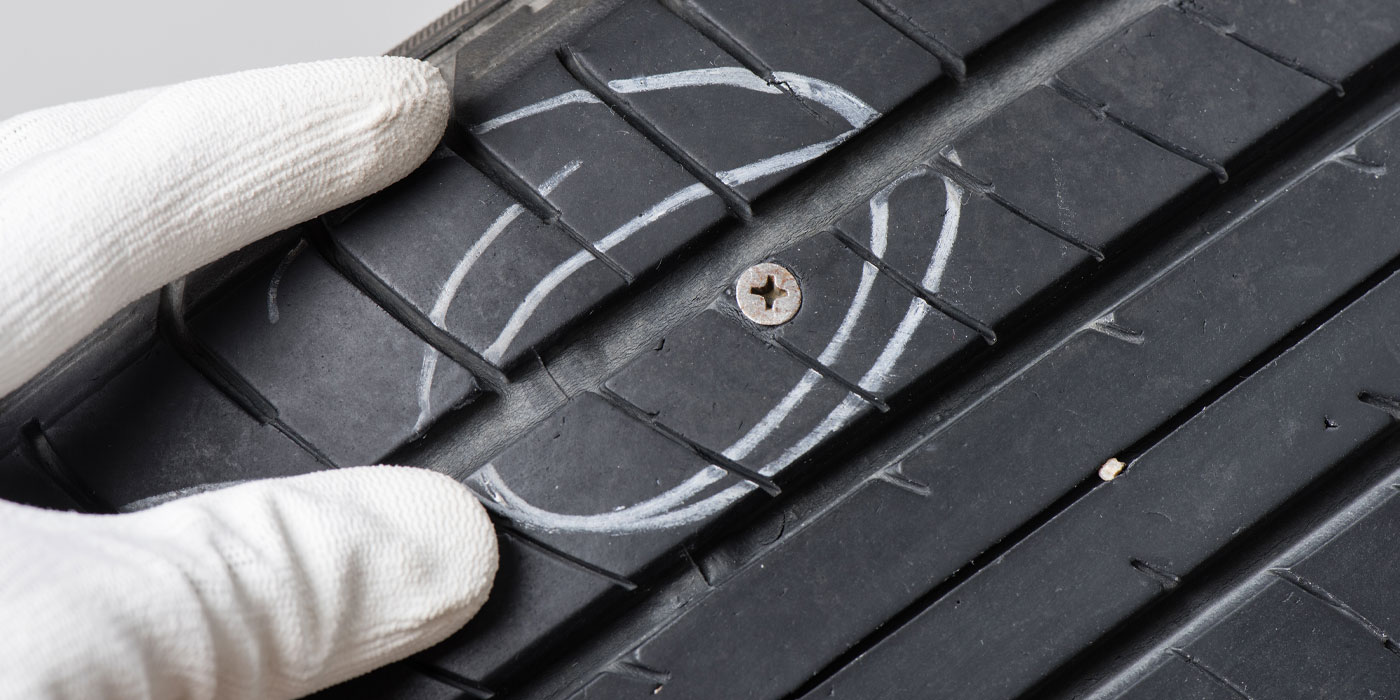Morris Tire: Your Neighborhood Tire Professionals
Morris Tire: Your Neighborhood Tire Professionals
Blog Article
Expert Guide to Tire Repair Service: Whatever You Required to Know
In this detailed guide, we will certainly unwind the complexities of tire repair work, shedding light on the numerous kinds of fixing kits available and offering beneficial understandings into when it could be time to bid goodbye to a damaged tire. Remain tuned as we dig much deeper right into the subtleties of tire upkeep, outfitting you with the vital know-how to ensure your tires stand the test of time.
Typical Reasons of Tire Damage
What are the usual causes that result in tire damage, affecting automobile performance and safety and security? Tire damages can occur because of numerous variables, with among the primary factors being improper rising cost of living pressure. Under-inflated tires can cause extreme heat build-up, bring about boosted wear and prospective blowouts. On the other hand, over-inflated tires can cause minimized grip, irregular wear, and a harsher trip.

An additional common reason for tire damage is poor walk depth. Worn-out treads can endanger grip when traveling, especially in damp or unsafe problems, increasing the threat of accidents. Furthermore, driving over craters, debris, or sharp things can puncture or trigger cuts in the tire, damaging its framework and possibly triggering a level.
In addition, inappropriate wheel alignment and unbalanced tires can likewise contribute to tire damage. Misaligned wheels can lead to irregular wear patterns, while out of balance tires can create vibrations, influencing both the car's handling and the tire's durability. Routine maintenance checks and timely fixings can assist minimize these typical reasons for tire damages, ensuring ideal car performance and safety.
Kinds Of Tire Repair Kits
To deal with the consequences of usual reasons for tire damage gone over earlier, it is important to recognize the different types of tire repair work packages readily available for vehicle proprietors. There are mostly three sorts of tire fixing sets commonly utilized: plug packages, spot packages, and mix fixing kits.
Plug packages are a quick and simple remedy for repairing small slits triggered by nails or screws. They are composed of a T-handle device and rubber plugs that can be inserted right into the puncture to secure the opening effectively. Spot sets, on the other hand, are more suitable for larger slits or cuts in the tire. These packages consist click to read more of a spot and glue product that is related to the internal lining of the tire to cover the broken location securely.
Combination repair sets use the benefit of having both plug and spot parts, offering a comprehensive solution for a range of tire damage scenarios. It is crucial for lorry proprietors to acquaint themselves with these various kinds of tire fixing kits to be gotten ready for any type of unanticipated tire issues on the roadway.

Steps to Repair a Tire Puncture
Repairing a tire leak calls for an organized method and the right tools to guarantee a secure and effective solution. When faced with a pierced tire, the primary step is to securely draw over to a flat, stable surface far from web traffic. Engage the emergency brake and area wheel chocks behind the tires to avoid any kind of accidental rolling. Next, get rid of the punctured tire complying with the car maker's standards. As soon as the tire is eliminated, examine the punctured location to find the international item creating the leakage. Make use of a reaming tool to tidy and roughen the puncture opening for much better adhesion. Apply rubber concrete to the area click for source and place a plug utilizing a plug insertion device. Cut any excess plug product flush with the tire tread. Finally, reinflate the tire to the suggested pressure and reinstall it onto the car. Conduct a comprehensive leak check using soapy water to make sure the leak is successfully secured before returning to regular driving.
When to Replace a Tire
Establishing the ideal time for tire replacement demands a complete evaluation of numerous crucial factors related to tire wear and security. As tires use down, the depth of the walk decreases, affecting the tire's grasp on the road. Even if the tread deepness appears enough, tires older than six years should be thoroughly examined, as the rubber can degrade over time, making the tire extra prone to failing.

Tire Upkeep Tips for Durability
After evaluating crucial variables related to tire wear and security, applying appropriate tire upkeep practices is crucial for optimizing the long life of your tires. Frequently checking tire stress is important, as underinflated tires can lead to increased wear and decreased gas efficiency.
Rotating your tires at routine periods, typically every 5,000 to 7,000 miles, promotes also walk wear throughout all tires. Inspecting tires for indications of damages, such as cuts, bulges, or punctures, is likewise critical for preserving tire longevity. By adhering to these moved here tire upkeep pointers, you can maximize the life-span of your tires and ensure a smooth driving experience.
Final Thought
To conclude, comprehending usual root causes of tire damage, utilizing the proper tire repair kits, complying with appropriate actions to repair a tire puncture, understanding when to change a tire, and implementing tire upkeep ideas are important for optimizing the longevity of your tires. By staying educated and aggressive in resolving tire issues, you can make certain safety when driving and prolong the life expectancy of your tires.
Report this page